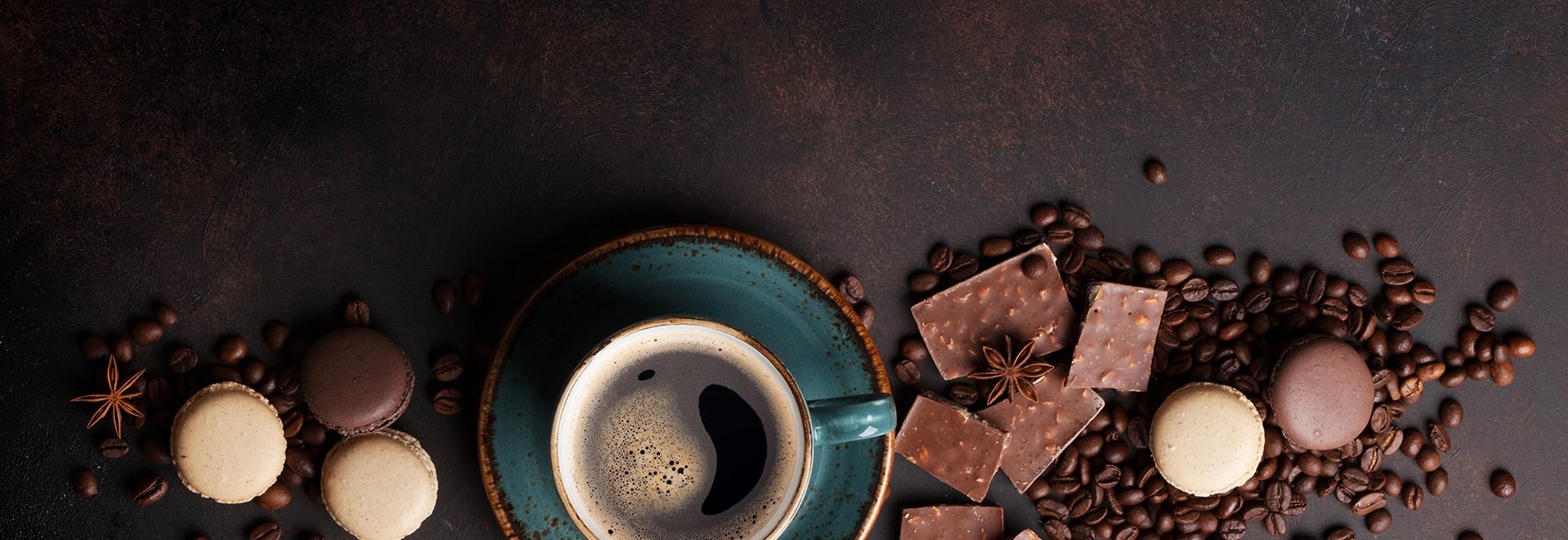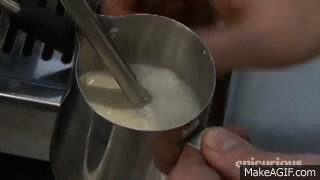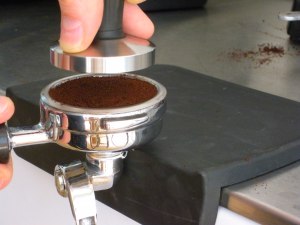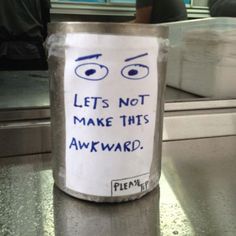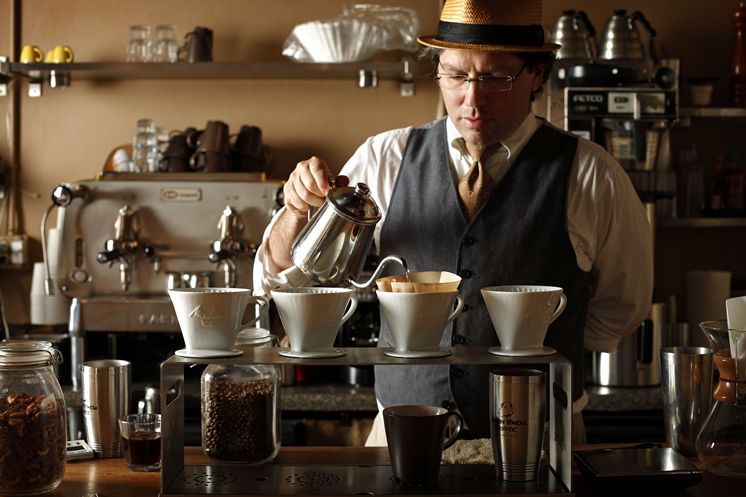
Will the “Third Wave” Coffee Shop Last? Part 3: The Final Verdict
Having looked at “The Good” and “The Questionable” aspects of the Third Wave movement, let’s try to piece together a projection of what the future of these shops looks like, and what it will take for the ones that already exist to enjoy further success.

Starbucks—the quintessential second wave chain—is upping their ante by adding flat whites to the menu. They have also debuted their new Reserve Roastery and Tasting Room, which plays to their strengths as monstrous roasting and retail company by giving customers the opportunity to try a wide variety of freshly roasted beans. Other cafés have similarly adapted by adding third wave preferences to their menu rather than slimming down their list of offerings. This is a telltale sign of where the direction of the specialty coffee industry as a whole. Will these transitions draw any of the third wave faithful? Not likely. Will it prevent some people on the fence from switching their habit over to an independent café? Probably.
If they want to exist as they do, third wave shops need to supplement their core values with practical measures to distinguish themselves from other cafes. A distinct appeal will elevate them above the competition. Some cafes have already managed to do this, take Dallas’ Ascension Coffee for instance. They’ve supplemented their expensive single origin coffee with an extensive brunch menu. While still serving coffee, they transition into a wine bar in the evening. Their prime location in the design district places them within arms’ reach of the consumer base that gravitates towards this swanky approach to coffee culture. They seem to have covered all of their bases.
need to supplement their core values with practical measures to distinguish themselves from other cafes. A distinct appeal will elevate them above the competition. Some cafes have already managed to do this, take Dallas’ Ascension Coffee for instance. They’ve supplemented their expensive single origin coffee with an extensive brunch menu. While still serving coffee, they transition into a wine bar in the evening. Their prime location in the design district places them within arms’ reach of the consumer base that gravitates towards this swanky approach to coffee culture. They seem to have covered all of their bases.
But this introduces a crucial aspect of the problem: consumer density is limited to particular locations for these shops. While this is true for most small retail or food service businesses, it isn’t necessarily true for the third wave’s competition. Where a Starbucks can thrive in most areas, a third wave shop can only survive in specific parts of a city close to other businesses of the same caliber. The new shops with higher prices and more refined menus have a much smaller consumer base and are therefore limited to specific areas.
So what can we say about the third wave movement? Third wave
coffee isn’t sustainable on a large scale and therefore cannot become an entirely mainstream phenomena in today’s economy. The small batch roasting, micro-menus, and higher prices place them in a distinct echelon of business where the market is slim but consistent. This won’t stop some of these shops from succeeding as boutique chic cafes for the wealthy or avant garde, but it will keep the movement small. However, it has made an impact by giving caffeiniacs an alternative to chain second wave stores. These chains have begun to adapt to the changing preferences of consumers.

Here we must remember that coffee exists in a lucrative limbo state between luxury and necessity. Some people treat it as a utilitarian commodity and others ritualize it by seeking new and more exotic coffee experiences. A successful café needs to serve the Folgers crowd, the kopi luwak crowd, or—best of all—a combination of both. While the third wave will be limited to a relatively exclusive following and is not capable of becoming a nationwide phenomenon, it has raised some coffee drinkers’ standards and brought much deserved attention to the inherent culinary diversity of coffee in all of its varieties.
[polldaddy poll=8114286]
Was this post helpful?
(polls)

